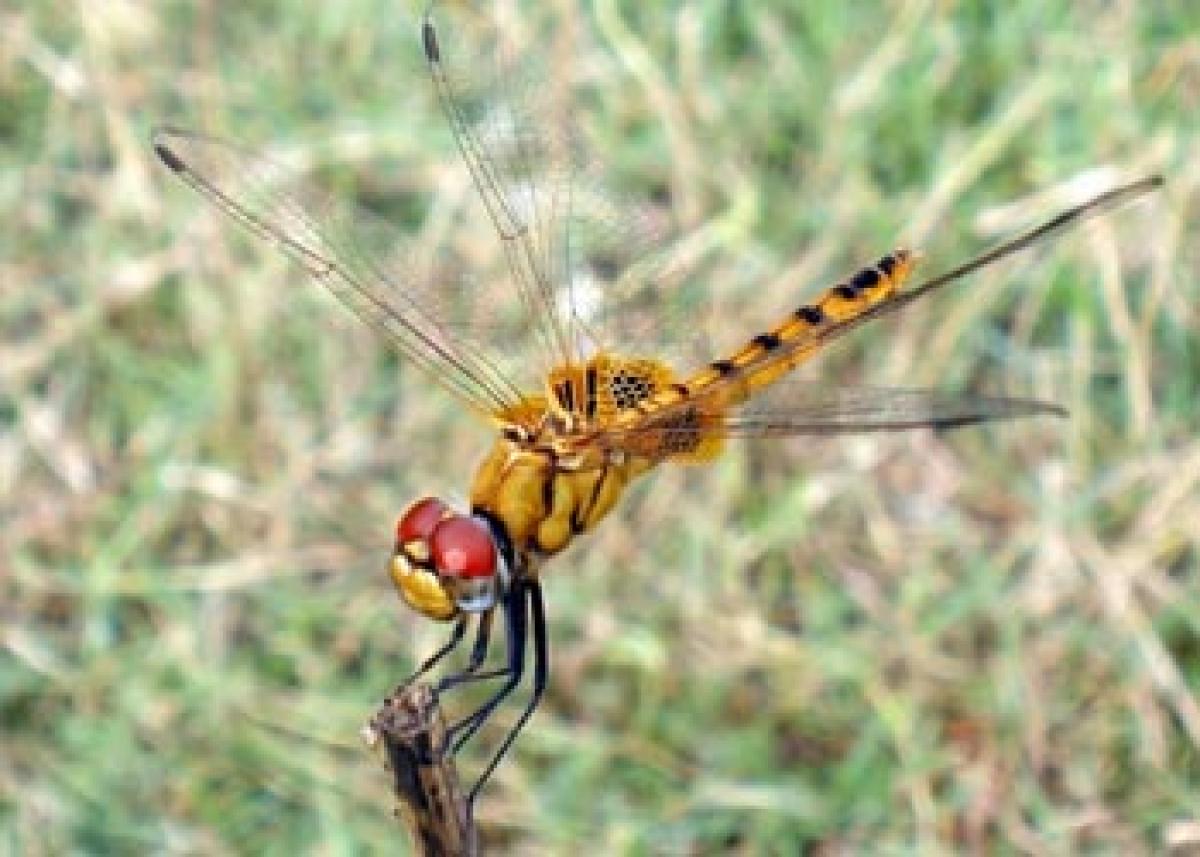Live
- Delhi Mayor poll: Cross-voting shows AAP councillors’ frustration, says Congress leader Jitender Kochar
- NIA files fresh charges against Mizoram-based arms trafficker
- From appeasement to 'New India' pitch: Nadda credits PM Modi for changing style of politics
- Bihar liquor ban gave rise to unauthorised trade, means ‘big money’ for officials: Patna HC
- COP29 Presidency launches initiative to address climate change, humanitarian needs
- Bangladesh's October foreign reserves fall below 20 billion USD
- CM Vijayan's top aide Sasi takes legal route in fight with MLA Anvar
- Dhirendra Shastri supports Yogi Adityanath's 'batenge to katenge' slogan
- Top 10 Most-Watched OTT Releases of the Week (Nov 4-10)
- Istanbul nabs over 240 illegal migrants









